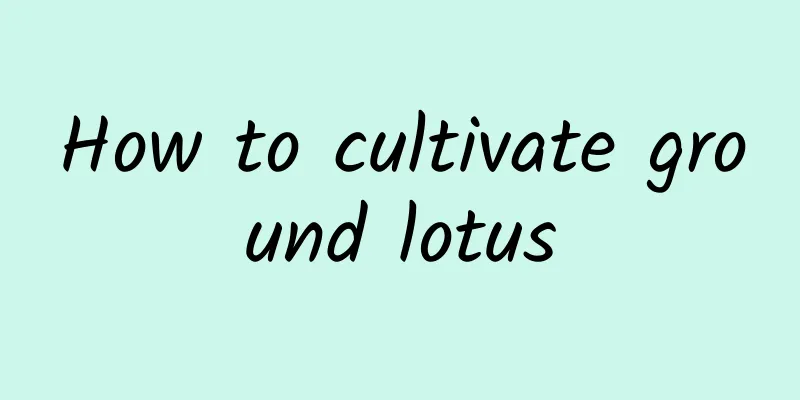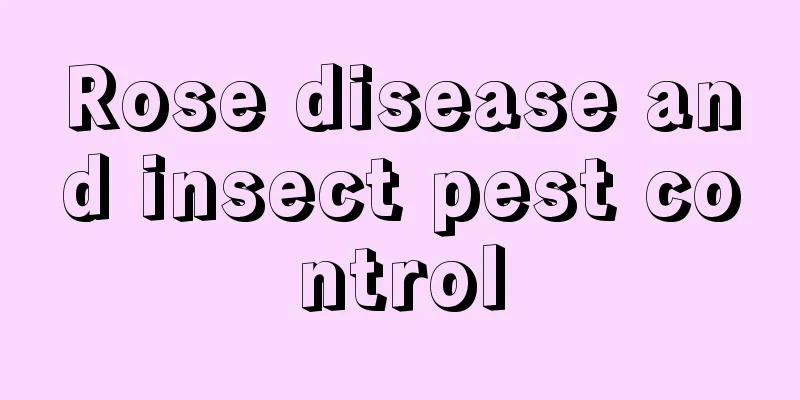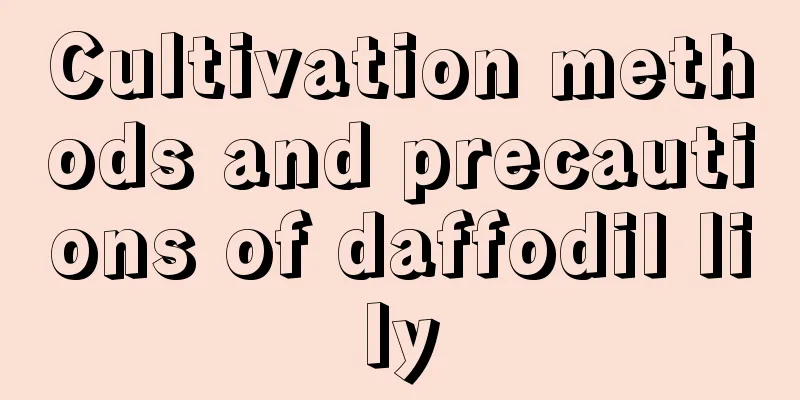Cultivation methods and precautions of yellow bract arrowroot

1. Maintenance methods1. Temperature: Caladium grows well under high temperatures, which can be seen from its origin. Generally speaking, it will grow better if the temperature is kept between 25 and 30 degrees. In addition, its cold resistance is very poor, so it is safer to keep the temperature above 15 degrees. If the temperature is below thirteen degrees, it may freeze. 2. Light: The yellow-bracted arrowroot prefers a semi-shaded environment and is afraid of direct sunlight. Strong light can cause its leaves to curl and dry up, so it needs to be properly shaded when the light is strong. But be careful not to keep it in complete darkness, because it still needs a certain amount of sunlight to grow. 3. Watering: Caladium likes moisture but is afraid of waterlogging. Therefore, sufficient water needs to be provided during the growth period, but water should not accumulate. Then there is the air humidity. In summer, try to spray more water to make the leaves look more moisturized. 4. Fertilization: Phosphorus fertilizer and potassium fertilizer are relatively the most important. It can be applied once every half a month, liquid fertilizer can be used, and the concentration needs to be strictly controlled. 2. Breeding techniques1. Reproduction: It can be carried out by division. Generally speaking, it is done when the weather is warm, such as around May, otherwise the wounds will be difficult to recover after division. When dividing the plant, it is important to note that each part cannot be too small, and must have sufficient strong roots and an appropriate amount of leaves. The planting depth must also be strictly controlled and not too deep, otherwise it will affect the growth. 2. Repotting: Try to do it every one or two years. When propagating by division, it can be done together and replaced in spring. Specifically, the soil used can be a mixture of peat soil, leaf mold, and an appropriate amount of coarse sand. Note: alkaline soil cannot be used. 3. Problem diagnosis and treatment1. Disease: Too much watering will cause "root rot", and the roots need to be removed from the pot and trimmed. Then there is "white rot", which is also caused by excessive watering and is prone to occur in July and August. Available sterilizing agents. 2. Pests: Mainly "scale insects" and "red spiders", which reproduce very quickly. In addition to normal spraying, you can also spray water to inhibit their reproduction. IV. Other issues1. Toxicity: It is non-toxic. 2. Can it be grown at home: Yes, it is a good ornamental plant. |
<<: Cultivation methods and precautions of Dendrobium officinale
>>: Huang Qiuying's breeding methods and precautions
Recommend
What should I do if chrysanthemums are infested with insects?
1. Treatment methods Most of the insects on chrys...
How to prune the iris
How to prune the iris Pruning during the breeding...
Planting and maintenance of Fraxinus chinensis
1. Planting 1. When cultivating and caring for th...
Is Schefflera a shade-loving or sun-loving plant?
Does Schefflera prefer shade or sun? Schefflera i...
What to do if the leaves of Begonia are dry
1. Observe carefully First of all, we need to hav...
How many times a year does the scented lily bloom?
1. Flowering times The fragrant lily blooms once ...
How to plant pine red plum seeds
Time of choice For this method, it is generally c...
What flowers are suitable for growing in Dalian? What are the city flowers and trees?
1. Dalian's climate characteristics Dalian is...
Green radish and pennywort... I dug a hole and poured some water into it, and it suddenly grew wildly, with leaves bigger than 5 coins!
How does the green radish grow half soil and half...
Can hydrangeas be repotted in summer? When and how to repot (key points)
Can hydrangeas be repotted in summer? Hydrangea c...
Why can't you grow camellia at home?
1. Can’t I grow camellia at home? In fact, this s...
Pueraria flower language
1. Flower Language 1. Born for love, die for love...
How to grow water poppy
1. Water quality selection It is usually cultivat...
What to do after the begonia flowers fade
1. Measures after the flowers fade: 1. Change the...
Can I grow succulents in universal nutrient soil?
Can universal nutrient soil be used to grow succu...









